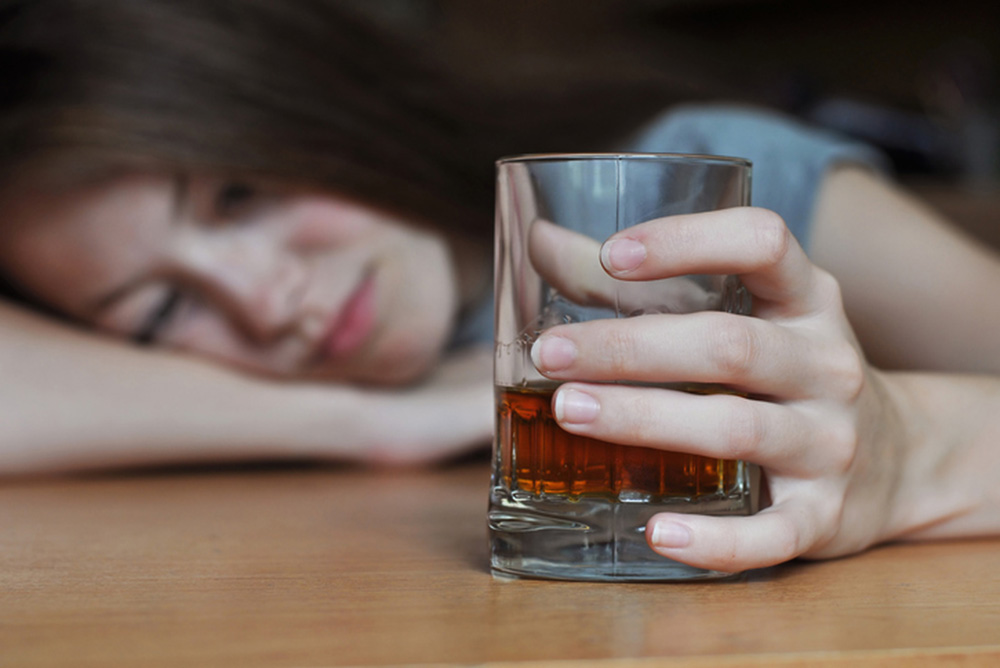
iStock photo.
OH, MY ACHING LIVER! Looking at the image above, I need to say, emphatically, that is not me! First, she has a nicer manicure. And second, if there’s something brown in my glass, it’s Diet Coke. Otherwise I drink only liquids I can see through, what the industry calls “white spirits.”
Nonetheless, as I stirred a vodka and San Pellegrino Limonata (lemon soda) last evening, I reflected with some alarm that my almost-nightly cocktail—a habit picked up in retirement—is not one innocent drink, but two.
Howzat? Well, the National Institute on Alcohol Abuse and Alcoholism explains that a standard-size drink for a woman is 5 fluid ounces of wine, 12 fluid ounces of beer or 1½ fluid ounces of a distilled spirit—and the vodka in my little vodka cocktail is twice that amount.
Heavy drinking and binge drinking are still largely a man’s sport, says the Institute. But according to a report the Institute recently issued, the rate of women’s binge drinking is on the rise among women of the boomer generation. It’s worth noting the definition of binge drinking: it’s measured as a blood alcohol level that can generally be reached after four drinks in a two-hour period. The bingeing of men of the same age cohort, meanwhile, is higher but remains fairly steady.
You might think that women are more susceptible to the effects of alcohol because, again generally, we’re smaller than men. But that’s not the only reason. Pound for pound, men apparently have more water in their system, and water is where the ingested alcohol resides and, presumably, gets mitigated. So in a binge episode, men can have five drinks to a woman’s four. For both sexes, that’s knocking it back pretty hard. (Also, take a look at the reporting on alcohol and aging LittleBird Mary Carpenter did for her Well-Being column.)
And given the difference in stature, women are the ones who can more quickly move into liver-damage and heart-disease territory. Not a good neighborhood to linger in.
Researchers are baffled by the uptick in women’s drinking activity. Could it be retirement and the opportunity to party on “school nights”? Depression that rises as vitality and looks begin to fade?
Mind you, I don’t see this increase among my friends. A cocktail before dinner, yes, often. Or sometimes wine with the meal. Doing both is just too much. My monthly book club is practically teetotal: Someone will provide wine, but it seems as if it’s almost a ritual gesture, that women of a certain age and background have gathered, so wine must be offered. Over time I’ve noticed that few of us are actually drinking it.
As for me, I’m looking forward to cocktail hour this evening. But as I let the ice cubes clink against the glass while I make dinner, I’m thinking that it will be ice water that fills a tall tumbler, arguably offering the same ritual pleasure. And less liver disease.
—Nancy McKeon

But isn’t there evidence that one drink, even two, have some benefits for the heart? And people who don’t drink at all show no increase in longevity?